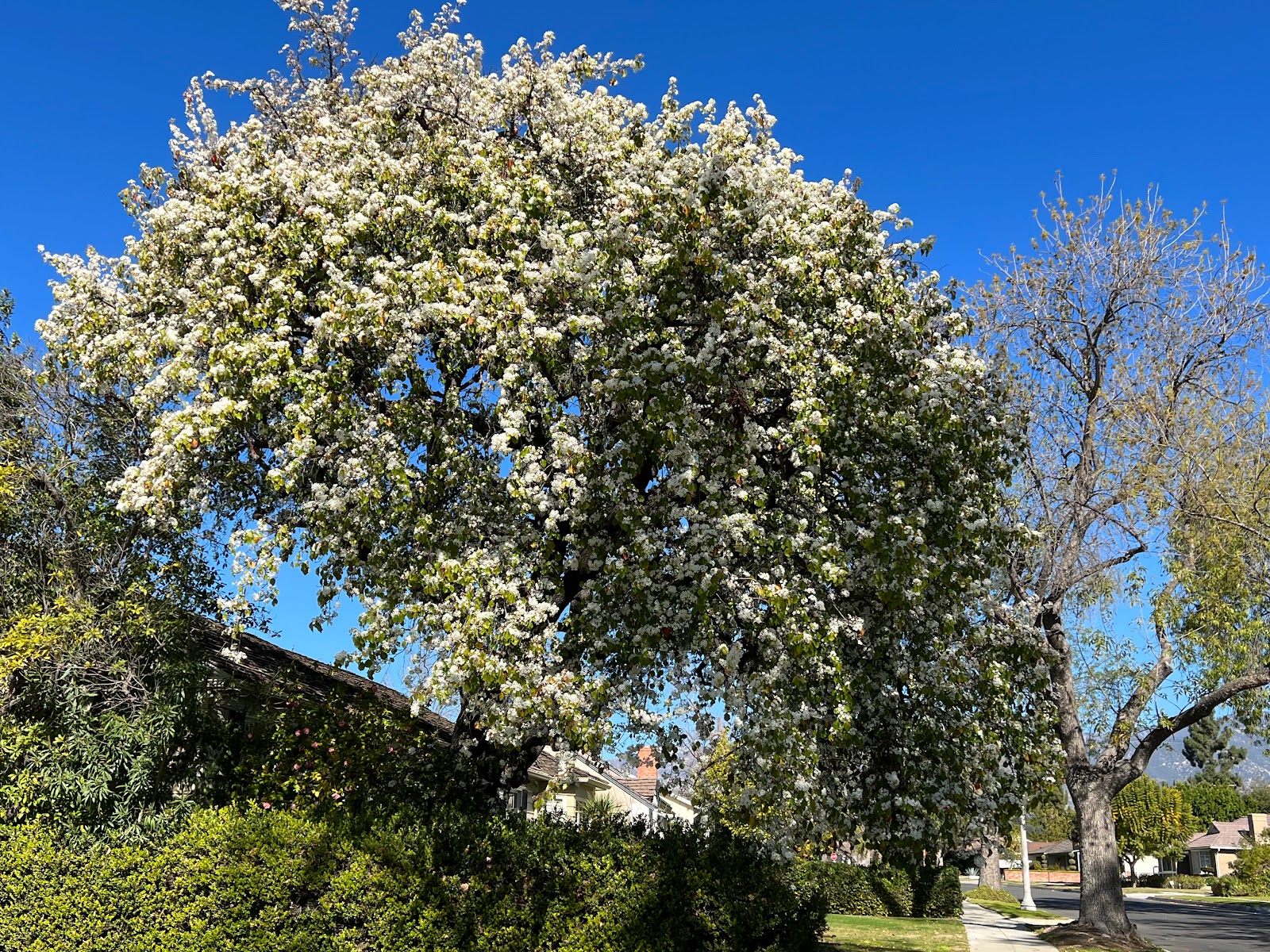My Mary Oliver Poems: #6 Stones
In this entry, Mary Oliver recounts her encounters with stones of all different hues, shapes, and sizes. She also ponders upon the history of the stones, noting how long they have been in their locations for and how they came to be. Many stones are quite resistant to change, traveling for thousands of year through different terrains and environments. For example, Oliver talks about how pink stones were part of a mountain before they were taken by a glacier, and how sedimental stones attain what floated down the outwash. Each stone has its own story, which I believe is similar to humans.
Although stones appear simple at first, I believe focusing on their characteristics tells us a narrative of the history of our planet. No two stones are the exact same, just as no two stones have undergone the exact same conditions. I have made a connection between stones and humans. Each human has overcome adversity in different ways and has a different story to tell that has shaped them over time, just as the stones have been physically shaped. Oliver also goes on to say that she would want to take some stones home with her if she lived inland. My favorite line is, "I hope I wouldn't take even one like a seed from the sunflower's face, like an ant's white egg from the warm nursery under the hill. I hope I would leave them, in the perfect balance of things".
When I was younger, I was obsessed with rocks. Whenever I would go on a walk, I would pick up multiple rocks and carry them with me. I especially loved the beach, which was teeming with a multitude of colorful and smooth stones. The water slowly eroded rough edges off these rocks, makes them smooth which was attractive to my younger self. As I got older, I realized that it was important to leave rocks where they were. Although rocks have withstood a lot of location changes over time, Oliver and I realize that we should leave this power to natural sources instead of our own hands. Taking a rock from its natural resting place truly is like stealing an ant's egg.




Comments
Post a Comment